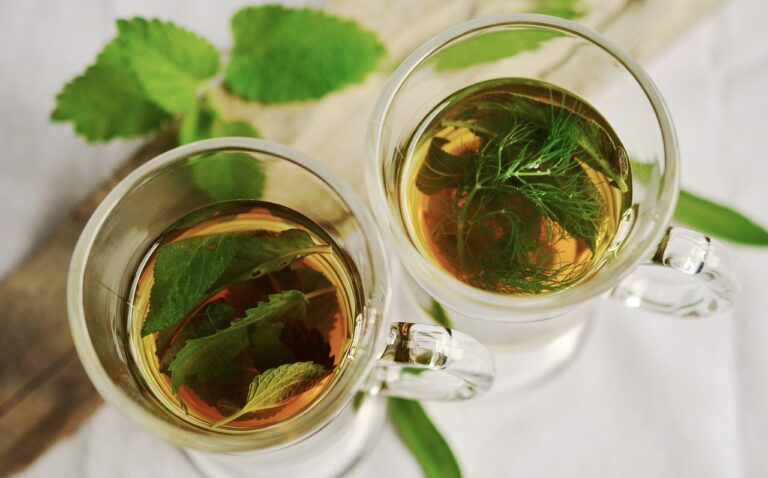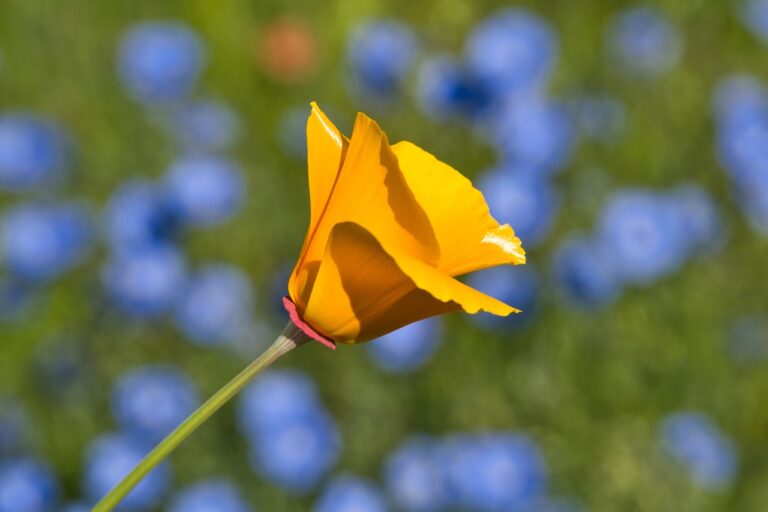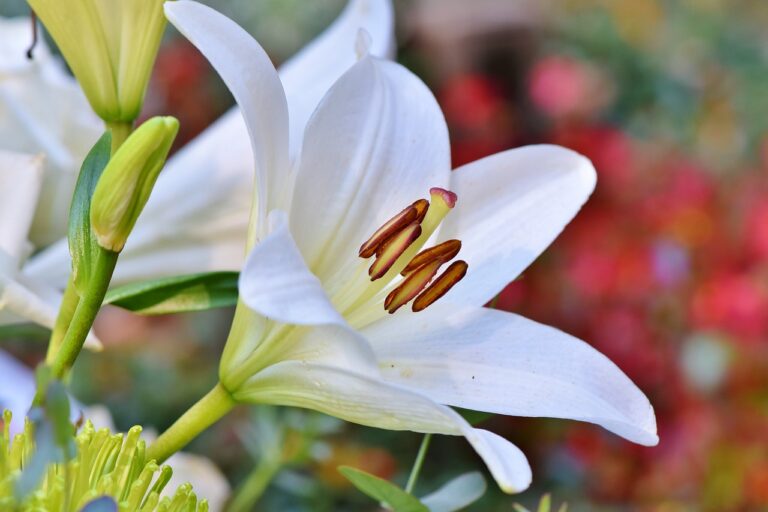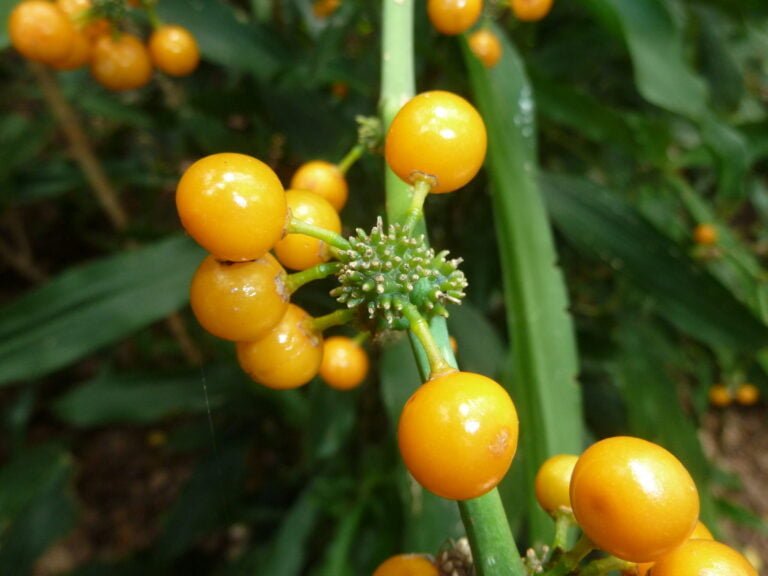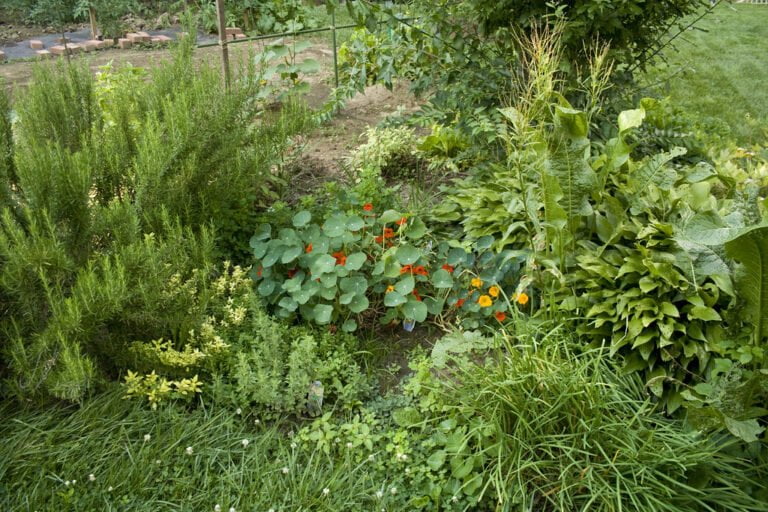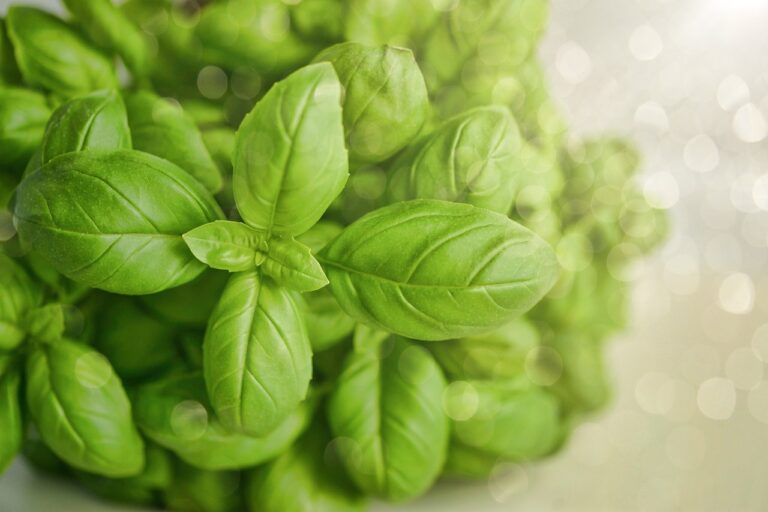Guide to Pruning Dill: Tips and Techniques
Pruning dill is vital for boosting growth, enriching flavor, and increasing yield, ensuring a healthy plant. Essential tools like pruning shears and cleanliness are pivotal for success. Start early, cutting precisely above leaf sets to promote bushier growth and culinary use. Remember to trim at 8 inches to prevent premature flowering, ideally in the early morning. Be wary of over-pruning; adjust techniques based on plant response. Keeping 2/3 of the plant intact and using sharp tools are essential in avoiding common pruning mistakes. Mastering the art of dill pruning is an intricate dance that rewards with bountiful harvests.
Benefits of Pruning Dill
Trimming dill is an important practice that not only boosts growth but also enriches the overall health and flavor profile of the plant. When we prune dill, we are not just shaping its appearance; we are encouraging the plant to focus its energy on producing more flavorful leaves. By regularly pruning dill, we are basically increasing its yield by stimulating new growth and preventing the plant from putting energy into flowering prematurely. This means more leaves for us to enjoy and use in our culinary creations.
Moreover, the act of pruning dill plays a vital role in improving its flavor. As we trim the plant, we are promoting the development of essential oils responsible for the distinct taste and aroma of dill. These oils are what make dill such a sought-after herb in various cuisines around the world. By pruning dill properly, we are maximizing the concentration of these flavorful compounds, resulting in a more robust and aromatic herb for us to utilize.
In addition to flavor improvement, pruning dill also contributes to a healthier and more productive plant. By removing dead or overcrowded stems, we enhance air circulation around the plant, reducing the risk of diseases. This practice strengthens the dill plant, making it more resilient and better equipped to thrive. Ultimately, pruning is not just about shaping the plant; it is about ensuring its overall well-being and longevity.
Essential Pruning Tools for Dill
When caring for dill through pruning, having the proper tools is important for maintaining its health and vitality. The necessary tools for pruning dill include pruning shears or scissors. These tools are basic yet effective in trimming the delicate foliage of the dill plant. While gardening gloves can be used for protection, they are not necessary for pruning dill.
Before starting the pruning process, it is crucial to sterilize your tools. Sterilization helps prevent the spread of diseases that can harm your dill plants. Clean and sharp tools are also important for successful pruning. Sharp tools ensure clean cuts, reducing the risk of damaging the plant. Precise cuts promote quicker healing for the plant and overall plant health.
Maintaining tool hygiene is essential for the health and maintenance of your dill plants. Regularly cleaning and sterilizing your pruning shears or scissors after each use will prevent the transfer of any potential pathogens between plants. By using sharp and sterilized tools, you are not only taking care of your dill but also promoting its growth and productivity.
Techniques for Pruning Dill
To guarantee robust and healthy growth of your dill plant, mastering proper pruning techniques is crucial. Pruning dill not only helps in shaping the plant but also promotes bushier growth, leading to a more abundant harvest. Here are some techniques for pruning dill that will help you make the most out of your herb garden:
- Start Early: Begin pruning when the dill plant reaches about 6-8 inches in height. This early intervention will stimulate the plant to grow more vigorously and branch out, resulting in a fuller and healthier plant.
- Precision Cutting: Utilize herb scissors or sharp gardening shears to snip the frond-like leaves above a leaf set. This method ensures that the plant continues to grow and produce new foliage efficiently.
- Waste Not, Want Not: When pruning dill, make sure not to trim more than one third of the entire plant to prevent unnecessary stress. Additionally, don’t discard the pruned fronds; instead, incorporate them into your culinary adventures by using them in various recipes. This way, you not only maintain a tidy garden but also minimize waste and enjoy the fresh flavor of dill in your dishes.
Timing for Pruning Dill
In my experience growing dill, the best time for trimming this herb is when it reaches a height of 8 inches to preserve its overall health and vitality. Pruning dill at this stage is important as it helps maintain the plant’s vigor and prevents it from flowering prematurely. Early morning, before the heat of the day sets in, is the ideal timing for this task. At this time, the plant is well-hydrated, making it less prone to stress from pruning.
Timely pruning not only benefits the plant but also aids in enhancing its flavor. Regularly trimming dill throughout the growing season encourages it to grow bushier, leading to more abundant foliage that is rich in essential oils and flavor. By focusing on leaf production rather than flowering, the plant can channel its energy into developing robust and aromatic leaves.
To ensure precise cuts and minimize stress on the plant, always use clean and sharp scissors or pruning shears when pruning dill. This practice not only maintains the plant’s health but also reduces the risk of introducing infections. Proper timing for pruning dill plays an important role in promoting its overall well-being and ensuring a bountiful harvest of flavorful leaves.
Common Pruning Mistakes to Avoid
One must exercise caution to prevent common pruning mistakes that can harm dill plants and hinder their growth potential. When pruning dill, it’s important to strike a balance between promoting growth and allowing the plant to thrive naturally. Here are some common pruning mistakes to avoid:
- Over-pruning: While it might be tempting to prune dill extensively, overdoing it can stress the plant and impede its development. It’s recommended to leave at least 2/3 of the dill plant untouched when pruning to ensure healthy regrowth and sustained vitality.
- Neglecting sharp tools: Using clean and sharp tools is essential when pruning dill. Dull tools can crush rather than cut the plant, leading to unnecessary damage. Sharp tools make clean cuts, promoting quicker healing for the plant and reducing the risk of infections or diseases.
- Ignoring plant signals: Each dill plant is unique, and it’s important to pay attention to how the plant responds to pruning. Signs of distress like wilting, yellowing, or stunted growth may indicate that the plant is being pruned too aggressively. Adapting your pruning techniques based on the plant’s response can help you avoid common mistakes and foster healthier dill growth.

